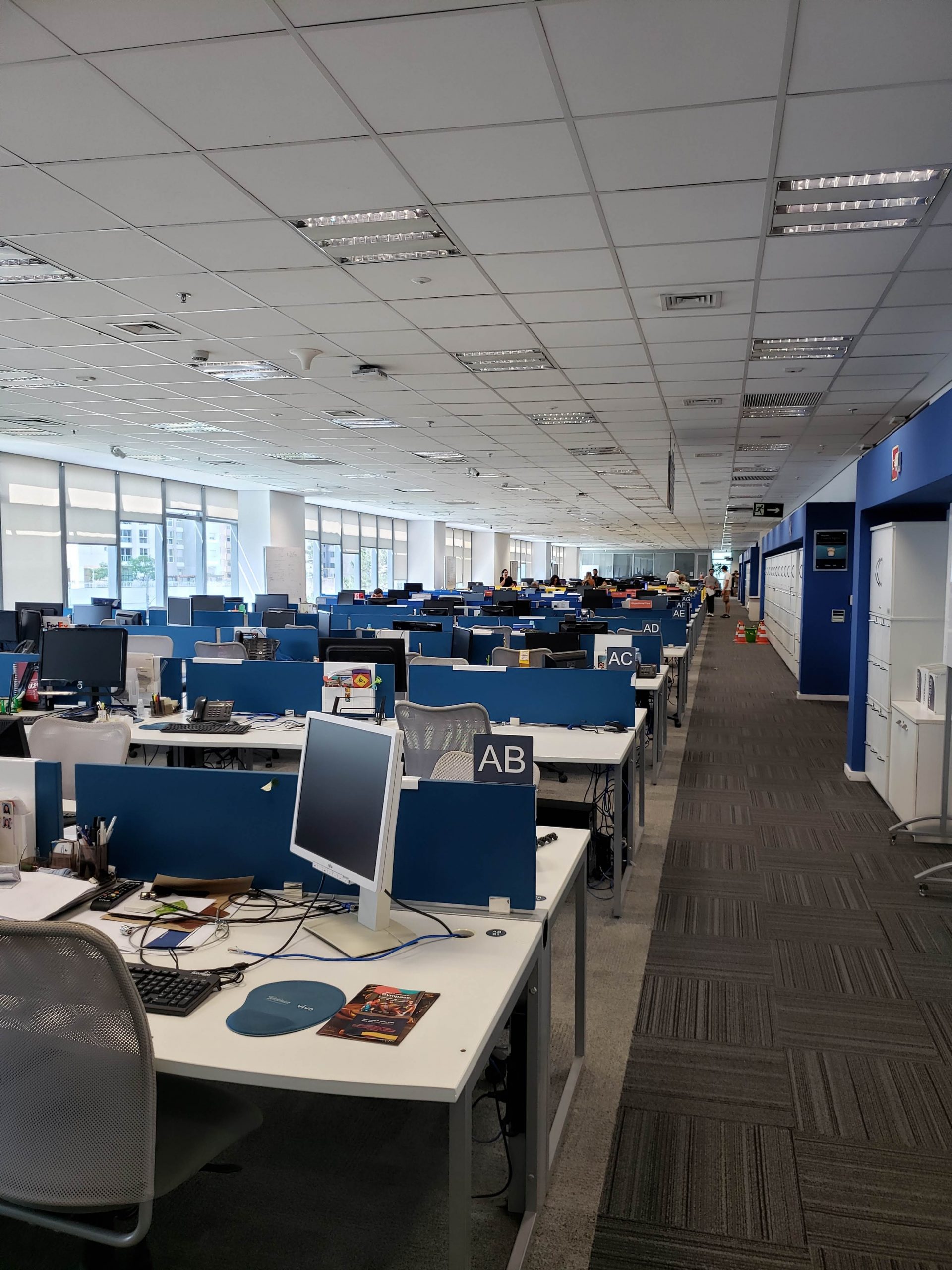 Recent spikes in COVID-19 and lagging vaccination rates in some areas have raised concerns about how to proceed as many companies work to transition employees back to the office or hybrid arrangements this fall.
Recent spikes in COVID-19 and lagging vaccination rates in some areas have raised concerns about how to proceed as many companies work to transition employees back to the office or hybrid arrangements this fall.
The ADP Research Institute recently took the pulse of more than 9,000 employees, both those who worked remotely and on-site during the pandemic.
“The survey results reveal that on the whole, employees working on-site enjoy crucial advantages over their remote counterparts, particularly in terms of perceived amount of social interaction, work boundaries and career opportunities,” according to the survey report. “This is true regardless of whether employees are in sectors that are conducive to remote working or those who typically require in-person or on-site work.”
The findings from the perspective of employees indicate that employers should keep the following recommendations in mind when determining work arrangements for their employees in the coming months:
Social connection, promotion opportunities and work/life boundaries are the most cited benefits of on-site work and should be critical areas of investigation.
- Consider the promise of social experience, more spontaneous conversations and a deeper connection with teammates and other colleagues.
- Explore ways to return to a “normal” workday with cleaner breaks between work and home.
- Employees want both to be seen and feel that they are being seen when it comes to hiring and promotions.
Provide additional support and flexibility in areas where employees may need help acclimating to the change from remote to on-site work.
- Employees may miss the team spirit that flourished among remote workers during the pandemic. Remote workers surveyed since the pandemic are more likely to say their team is “collaborative” and “supportive” and less likely to say it is “gossipy” and “cliquish” than on-site workers.
- Employees may prefer flexibility in work hours and location. Provide employees with the option of a hybrid schedule to ease the transition. It even may promote a new norm for work that leverages the best of both remote and on-site working. Employees with family responsibilities also may benefit from the added flexibility to attend to personal and care-related needs during the transition to post-pandemic life.
- Employees may prefer the independence of working from home. Promote regular connection and feedback with their manager (especially when on-site), yet allow the trust and independence established during remote working to continue.
Certain groups may require special attention from employers in the transition from remote to on-site work.
- Recent college graduates are more likely than other groups to get lost in the shuffle of returning to an environment of more spontaneous communication on-site and perceive less of a collaborative and more of a gossipy feel on their team. Managers and companies should foster team building that is targeted to recent college graduates to ensure this group doesn’t lose out on essential team support and mentoring.
- Employees whose manager is in a different location may experience fewer improvements to communication with their manager, despite being back in the office, than employees whose manager is in the same office. Managers should continue to employ communication methods and frequency used during remote work.
This article was written by Alan Goforth with NU Property Casualty 360. To read and learn more, visit: https://www.propertycasualty360.com/2021/08/17/how-to-proceed-with-return-to-work-planning-amid-the-latest-pandemic-surge


